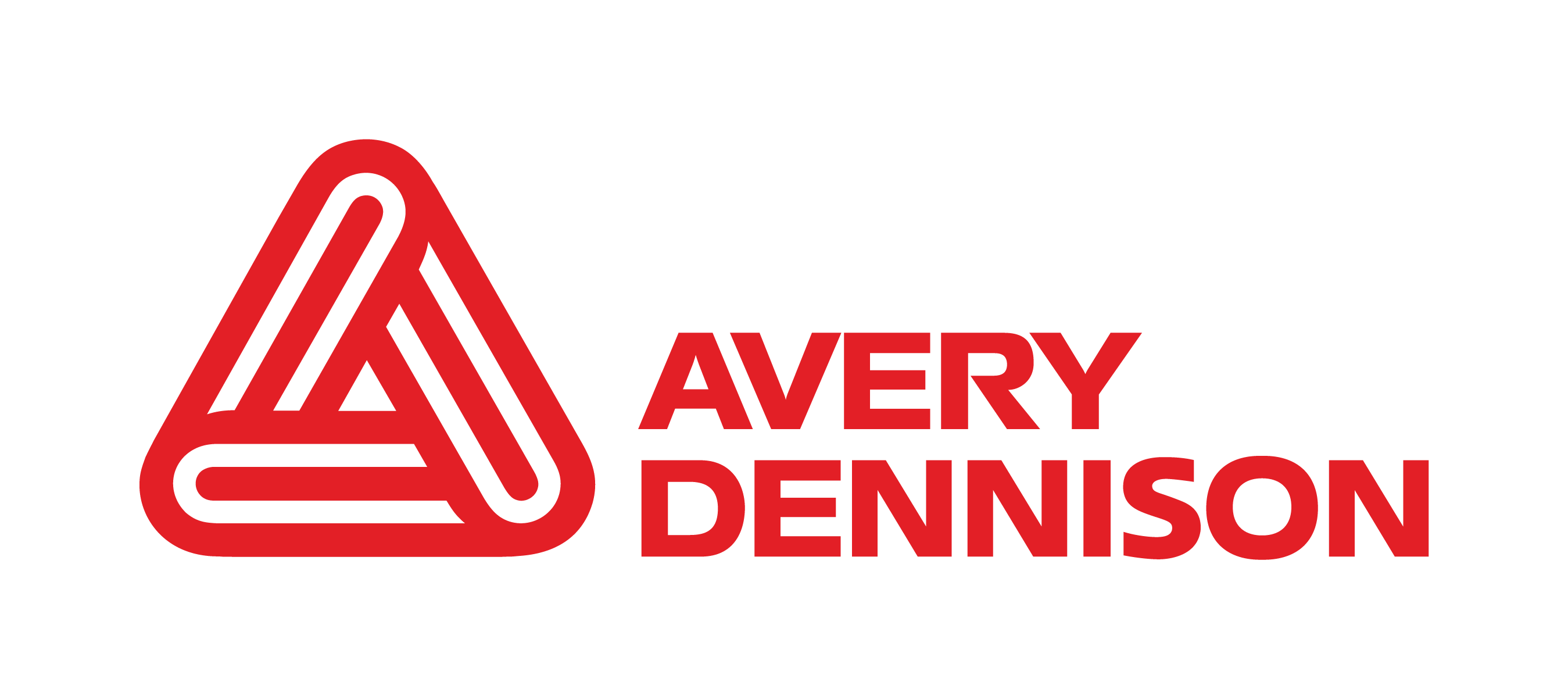When labeling therapies and liquid medicines in containers like vials, ampules, or prefilled syringes that need to be kept at lower temperatures (between 2 and 8° Celsius), the following process is typically employed. First, the small containers are filled and refrigerated. When it is then time to package and label the medication, the vials are retrieved from cold storage, and warm air hits their cold surface, it reaches its dew point and condenses. Because of this condensation, the container labeling process poses many challenges for productivity. It is already tricky for converters to label small diameter containers at high speed, but labeling the same containers at the same pace with a condensed surface adds another level of difficulty. Current methods include removing products from cold storage several hours before the labeling process begins to allow condensation to dissipate or manually wiping them. However, each of these adds to the complexity of medicine handling by extending the TOR (time out of refrigeration) during which the medicine is exposed to higher temperatures.
As such, it's crucial for pharmaceutical brand owners and converters to use suitable labeling material to deal with this obstacle and make the labeling process for these temperature-sensitive medications more efficient. To address this challenge, we developed a series of solutions (S692NP and S697) to allow the labeling of condensed surfaces on small medical containers and improve the efficiency of high-speed application lines.
The challenge of condensation
In short, condensation can create different patterns on surfaces depending on the glass and coating used. Some produce an almost continuous layer of water on the surface, which is the most difficult type to label. However, others in the form of small circular droplets are easier to handle because of the space between the drops that allow the adhesive to attach to the surface and hold. Whatever the condensation pattern, labeling moist surfaces will never be an easy task.
Tunneling and lifting can occur at the tailing edge of the label when condensation occurs. A simple example of this is when the label is applied from front to back, causing the water droplets to be pushed to the back. If there is a lot of condensation, water will start to form tunnels between the label material and the substrate, causing the label to crease. We've all seen this happen to items stored in our bathrooms or beverage bottles. Often, labels get damaged or fall off, which is particularly problematic for medicine containers.
The solution
As a result, we began intensive research, which consisted of testing different types of papers and films with various adhesives (emulsions, solvents, and rubber-based) against the FINAT test method, followed by application testing using an in-line labeling machine. Labels were applied with and without 3mm overlap and their hold on the container was evaluated based on a variety of factors. We concluded that the overlap can improve the label's adherence to the container, and emulsion-based adhesives are more effective.
Despite the challenges of labeling condensed surfaces, our solutions, combined with various considerations, can help make this process more productive. Included in these considerations are container coating, type of glass, dispensing speed, and the amount of moisture on the surface. By accounting for these factors and following best practices such as overlapping labels by at least 3mm and limiting the pre-dispensing of labels, labeling condensed surfaces can be simplified.
Our technical experts around the globe can assist you in understanding how to streamline your dispensing process for small medical containers and enable labeling of condensed surfaces.
To find out more about our solutions, click here.



